daurmantryāt nṛpatiḥ vinaśyati
mantrī ca apraṇayāt
śīlaṃ khalopāsanāt
snehaḥ pravāsāśrayāt |
A king gets ruined by bad advice
A minister by distancing from the ruler
Character is ruined by poor company
And friendship, by travel to distant lands
— Subhashitham
For several years, the hype in India about Indian Americans has focused on two things: economic success and political success. This tendency has been echoed in social media as well, although of late there are distinctions being made between the fact that personal success and collective well-being are not necessarily the same—the rabid rise in anti-Indian and specifically anti-Hindu hate among the US right wing (which of course has fed on years of Hinduphobia from the supposedly anti-racist American liberals and progressives) is proof of that.
In this context, it is useful to explore what the spectacular victory of Zohran Mamdani in the New York mayoral election tells us about what we are reading correctly and what we fail to read at all in the interactions between the South Asian, Indian, Pakistani, Hindu, Muslim and other diasporas and the United States of America.
In this essay, we will attempt to map out not only broad reactions to the current American political landscape from these constituencies but also connect it to deeper causes and conclude with, hopefully, practical suggestions—for parents and children in the matter of education and social, political, and cultural awareness.
Three Categories: Indian, Hindu, South Asian
For the sake of analysis, we might divide the reactions to Mamdani’s rise in the diaspora into three broad categories. The first category is possibly the widest one and the longest-standing one in the diaspora. For people in this category, who are usually very busy with work and daily routines of the American Dream, the details about what a politician stands for and has actually said or done matter little.
Impact Shorts
More ShortsWhether it is Nikki Haley or Kamala Harris or Ro Khanna or any other Indian or Indian-descent public figure, there is a natural attraction or sense of celebration around them. It fits in with the general self-perception of the diaspora as one which is defined by its material and professional success. For years, diaspora Indian newspapers and magazines used to print lists of high-level job moves, awards, and promotions in the community. Individual professional success was somehow seen as collective success and rising political clout.
Accustomed to practicality in this way, the busy and usually self-satisfied professional class are happy to claim any political figure with Indian angles as their own and support them. Such thinking also used to be largely bipartisan, although with the deep polarisation that began with Trump’s campaign for the 2016 election, a Republican star like Vivek Ramaswamy might not attract the same casual empathy that Indians once did due to fear of ostracisation on WhatsApp groups.
For this group, which we might call “Category 1” or “Indian Americans”, Mamdani’s win most likely resonates at the level of any other Indian American success story. Parents are possibly telling their children that if they work hard at spelling bees and SATs, one day, they could be mayors and governors and CEOs and presidents, even. From the first generation of immigrants in the NASA-Doctor waves of the 1960s and 1970s to the H1B and Y2K boom of the early 2000s, this is one part of the diaspora experience, expression, and value pyramid.
The second category is the self-identified “Hindu American” diaspora (“Category 2”). This includes, though not without friction, second-generation (“ABCDs”) Americans as well as first-generation or “FOBs”. “Hindu Americans” is a smaller category in terms of numbers than Category 1 but has been growing in self-awareness and visibility in recent years, largely because of how brazen specifically Hinduphobic racism has become in public and institutional spaces like academia and media.
Mamdani is clearly not popular in this category given his statements against the reconstruction by Hindus of the Ram temple destroyed in Ayodhya in 1528 by Islamic imperialist forces and his reckless statements about there not being any Muslims left in Gujarat because of Hindu violence (a “blood libel” against Hindus, as someone put it).
A video clip of Mamdani protesting the Ram Mandir in the company of anti-Hindu bigots chanting slurs against Hindus (“haramzade” or “bastards”) also added to this perception, and even though Mamdani made a tour of Hindu temples to show his inclusiveness, concerns remain given that he has not explicitly condemned Hinduphobia from some of his supporters.
The third category, and the one that is most often overlooked, misunderstood, or caricatured by the “Hindu” category above, is the “South Asian” American one (Category 3). This is the category of people like Mamdani himself and straddles a spectrum of geographies, countries, faiths, cultures, languages, and even economic differences. Not unlike the evocative vision of diversity and grassroots struggle he brought up in his victory speech (“Uzbek nurses” and “Ethiopian aunties”, etc), this group gets along famously with working-class New Yorkers as well as transnational billionaires and elites.
Sceptics of the promised Mamdani utopia, such as Asra Nomani and Ashley Rindsberg, have, of course, pointed out that his idealistic rainbow coalition is actually a triumph of foreign influence groups (Pakistani, in particular), an ideological “Red-Green” alliance that often considers India, Israel and America (or Hindus, Jews and Christians, to be precise) as oppressors and enemies.
But such criticism seems to find little traction in either the minds of an adoring fan base or, worse, even in the minds of Mamdani’s opponents—the current ruling establishment in the United States, which has allowed its tentative big-tent conservative, post-racist, meritocratic “American Dream” coalition of 2024 to collapse under the weight of its extremist anti-Hindu and anti-Jewish wings.
It may even be safe to say that many Indian American voters have now decided to take their chances with bigots on the Democrat side rather than on the Maga side. Whatever the truth of the power plays and projects surrounding Mamdani might be, the important thing for the moment is that between Mexican abuelas and Yemeni bodega owners and Dhoom Machale, who can argue with the optimism of those filled with it?
Intergenerational Continuities: Mamdani to Vance
The task of a critical scholar, or teacher, or parent, is to be able to respect optimism among the young while also serving to offer reality checks from a place of good intent towards them. Intergenerational communication, in other words, is a key issue in understanding how each of the categories within the diaspora above are doing.
If we look at a 15- to 30-year span of time, how have perceptions changed in each of these categories, and where are they likely to go in the next 15 to 30 years? How much influence does each category have over its own youth and their future, and of course, the outside world?
From this point of view, it would be hard to deny that Category 3 above, the South Asian Americans, have been enormously successful on both counts. A professor-father (Mahmood Mamdani) and movie-maker mother (Mira Nair) have raised a son who is proud to say he is “young, Muslim and a democratic socialist” and “refuses to apologise” for these labels.
Clearly, intergenerational communication and continuity are flourishing in some spaces, despite the occasional conservative suspicion that progressives don’t care about families, traditions and so on. It is, of course, another matter, possibly of interest mostly to some, though not all Hindus, that the intergenerational continuity here happens to have excluded one side of the heritage. Mamdani said nothing about his mother’s Hindu heritage in his victory speech, and that is fine; it is his choice.
The question of freedom and religious heritage of course also sent ripples through the Hindu diaspora recently in the case of the words of another important political figure—Vice President JD Vance. In response to a politely sharp question from an audience member about immigration and religion, Vance expressed his hope that his wife, Usha, who happens to be of Telugu and Hindu heritage, would one day convert to Christianity.
This statement led to much criticism of the direction in which American conservatism is heading after seemingly making many broken promises to non-white and non-Christian voters last year that Maga meant simply making America fair, free and meritocratic again, not exclusively White or Christian.
Hindus, and reasonable American observers, are all noticing how almost every time anything Indian or Hindu appears on the Republican side (like President Trump’s recent Diwali celebration at the White House or Vivek Ramaswamy’s photos), a spate of hateful anti-Hindu memes and comments appear on social media.
In this climate, naturally, matters which would normally remain private, individual choices become symbols of public debate. In Mamdani’s case, a Democratic politician born to a Muslim father and Hindu mother proudly identifies as a Muslim. In Vance’s case, a Republican politician married to a Hindu wife is clear that his children are Christian and, in time, expects his wife to feel the call to convert as well.
Intergenerational continuity, simply put, seems more assured along some channels rather than others. What, then, might be the future of Hindus and Hinduism in America?
To be continued…
This is the first part of a two-part series exploring the evolving experiences and challenges of Hindus in America.
(Vamsee Juluri is Professor of Media Studies, University of San Francisco. He has authored several books, including ‘Rearming Hinduism: Nature, Hinduphobia and the Return of Indian Intelligence’ (Westland, 2015). C Raghothama Rao is a writer, podcaster and YouTuber. The views expressed in the above piece are personal and solely those of the authors. They do not necessarily reflect Firstpost’s views.)


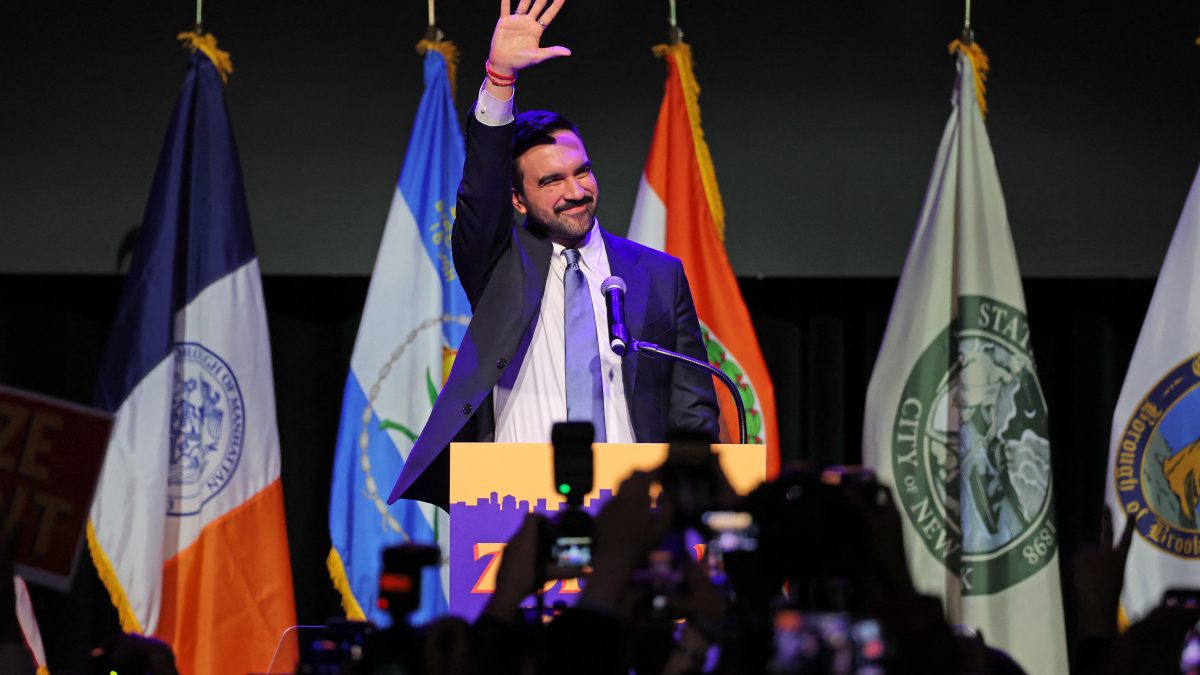)
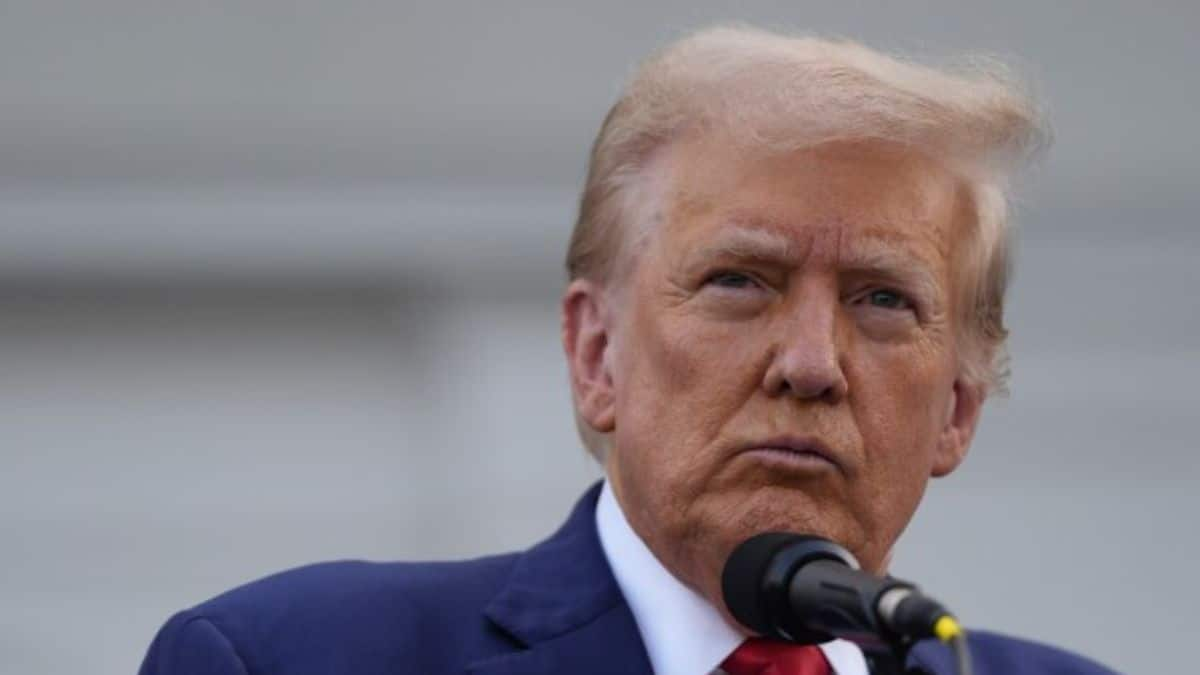
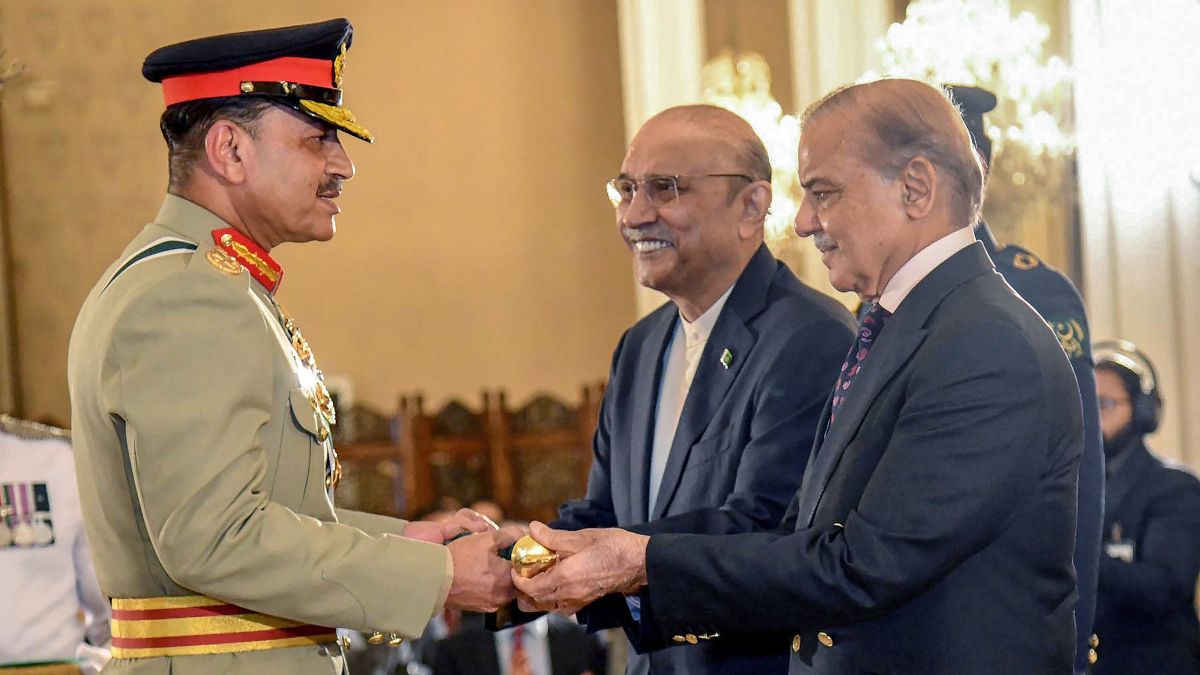)
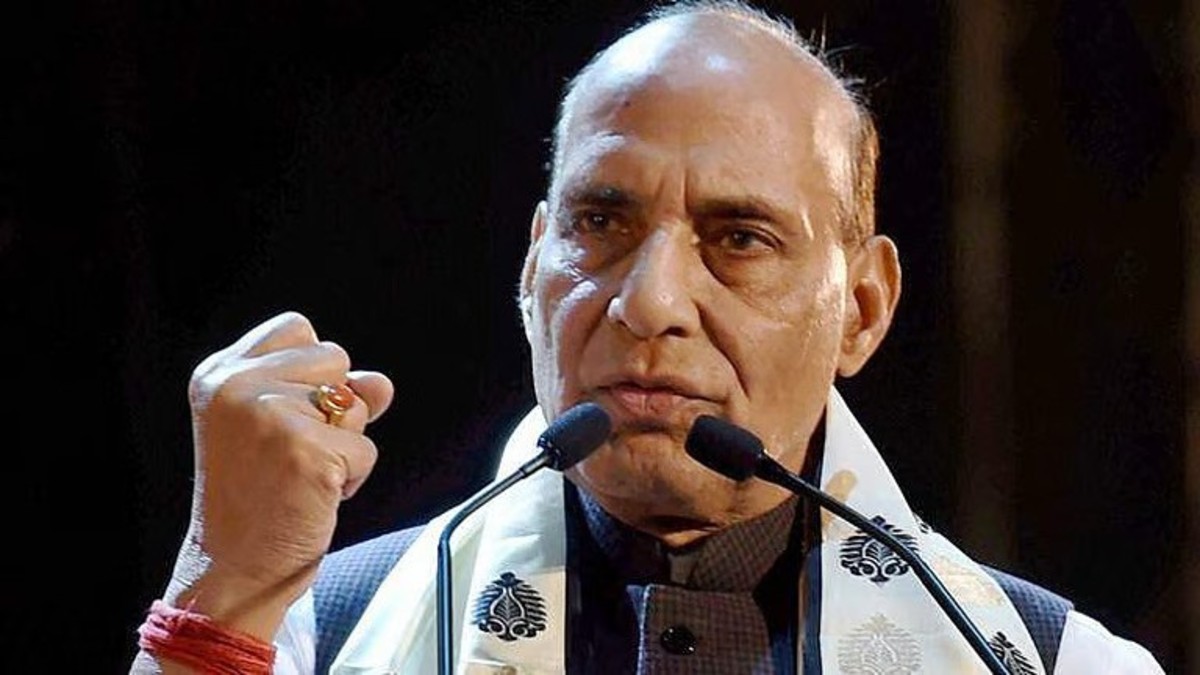)
)
)
)
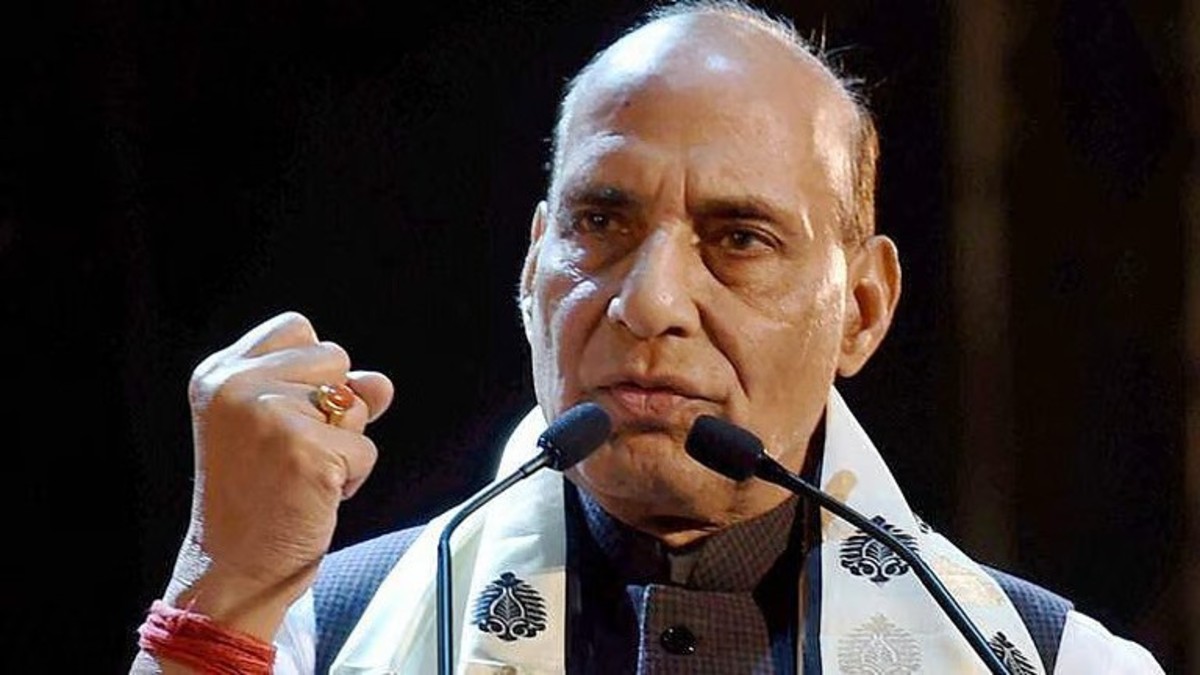)
)
)



